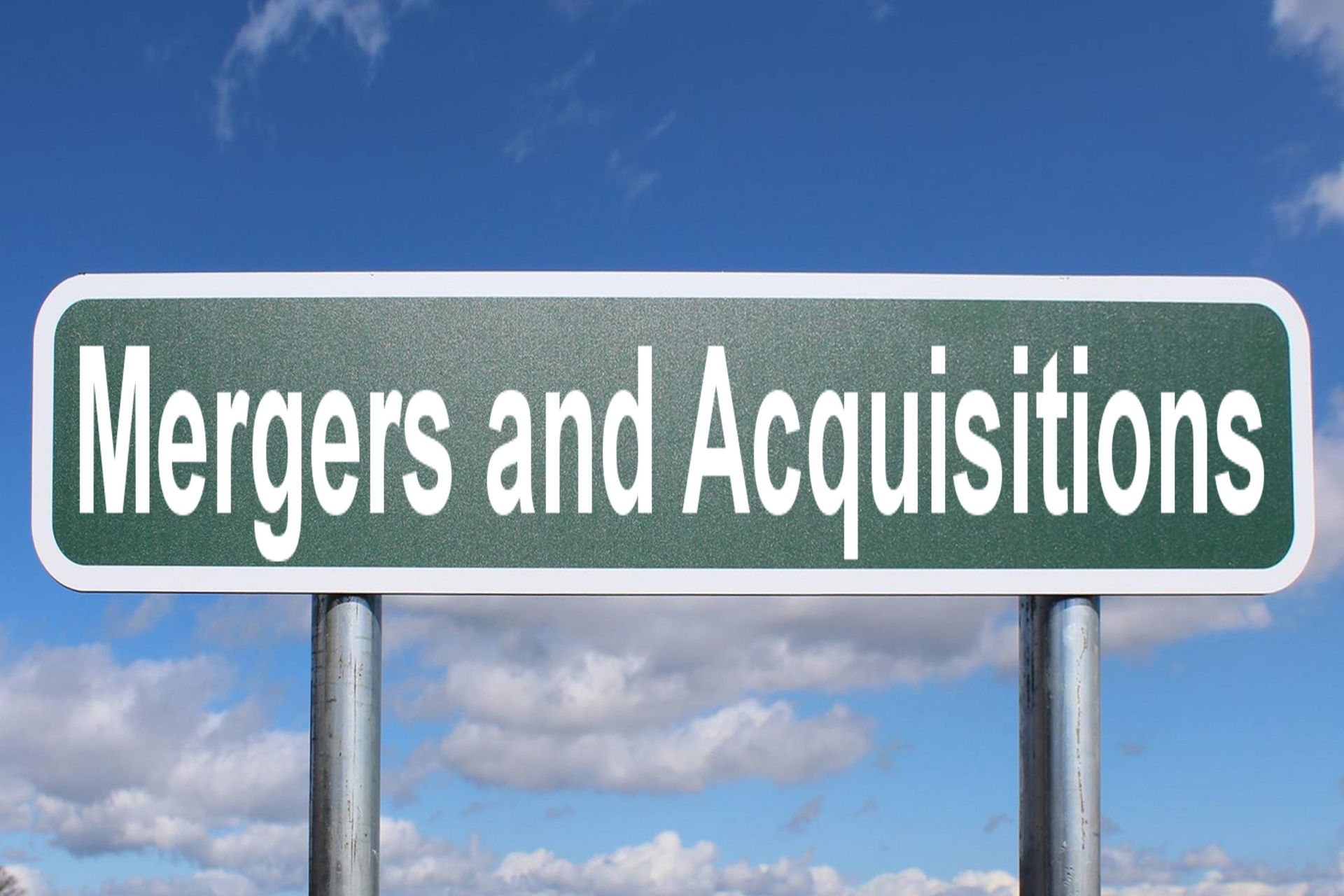ProNEXUS helps organisations align people, capability, and culture to deliver strategic outcomes.
With over 50 years of combined experience across Europe and APAC, we bring deep expertise in talent, organisational development, and executive advisory — supporting clients through growth, transformation, and change.
WHAT WE THINK
Stay connected with some
of our latest thinking

The Silent Determinant of M&A Success - Culture When organisations announce a merger or acquisition (M&A), headlines usually focus on deal size, market share, or promised synergies. But the factor that most often determines whether those ambitions are realised is far less tangible: culture . Studies consistently show that between 50–70% of M&A deals fail to deliver on their expected outcomes , and poor cultural integration is one of the leading causes. It is not a “soft” consideration—it’s central to value creation. A Personal Reflection: I recall the first M&A I was part of. For some reason, I thought the other company being “M’d” would — or should — be ecstatic. Years later, I realised the importance of distinguishing between the merger piece and the acquisition piece. That particular deal was, without question, an acquisition and not a merger. What struck me most, in hindsight, was the absence of meaningful communication . Don’t get me wrong—the mechanics were all there. There were checklists, forms, and processes in abundance, more than anyone could reasonably keep track of. But what was missing was the human element: an explanation of the why, the how, and most importantly, what the changes actually meant for people on both sides of the deal. In the absence of clear and open communication, employees did what people naturally do—they filled the gaps with speculation. This bred confusion, uncertainty, and anxiety. And while we humans often value spontaneity and adaptability, we also crave certainty and clarity , especially during times of upheaval. Without it, mistrust grows and engagement fades. That experience cemented for me a lasting lesson: culture and communication are not peripheral to mergers and acquisitions—they are central. Without them, even the most well-designed financial and operational plans risk unravelling. More recently, I’ve been watching another M&A of sorts, albeit from the sidelines. Very much a fly-on-the-wall, water-cooler observer. And truthfully, not much seems to have changed over the years. Poor decision-making, decisions built on assumptions, a corporate top-down “this is what we’re doing” communication style, and little to no actual face-to-face interaction. Even the so-called video calls are often minus the video. Yikes to that. These experiences — both personal and observed — remind me that culture is not theoretical. It shows up in how leaders make decisions, how they communicate, and how employees experience the transition every single day. What the Research Tells Us A 2024 study of 243 M&A deals, analysing thousands of Glassdoor reviews, found that greater cultural distance between acquirer and target correlates with poorer market reactions, reduced synergy realisation, and weaker innovation after the deal. The authors also observed that acquirers often overpay when cultural distance is high , making recovery even harder ( Brede et al., 2024 ). Research published by Clausius Press highlights that over half of M&A failures can be attributed to poor culture integration , underlining that financial and operational alignment alone is insufficient ( Clausius Press, 2024 ). A review in Pacific Business Review International echoes this, noting that culture clashes—misaligned leadership styles, values, and behaviours—are among the most common reasons M&A underperform expectations ( Pacific Business Review, 2019 ). Case studies of cross-border M&As show that cultural misalignment extends beyond corporate values into national identity, communication styles, and leadership expectations. Employees frequently report confusion, morale issues, and disconnection when integration is poorly managed ( ScienceDirect, 2015 ). Academic syntheses also suggest that not all cultural distance is equally damaging . Its impact depends on how integration is structured, how much autonomy is preserved, and whether leaders actively design and model the desired culture ( Teerikangas & Véry, Handbook of M&A ). The Risks of Ignoring Culture When culture is sidelined in M&A, organisations face very real risks: Synergy shortfall : Overestimated benefits because behavioural friction slows execution. Innovation drop : Conflicting decision-making and risk appetites suppress creativity. Talent loss : Employees disengage or leave due to misaligned values or poor communication. Integration delays : Bureaucratic clashes and miscommunication drive inefficiency. Reputation damage : Cultural backlash can undermine both employee morale and external brand perception. How to Treat Culture as a Value Lever Conduct cultural due diligence early Assess values, decision styles, leadership behaviours and communication norms alongside financials. Define the aspirational culture Decide deliberately what the merged organisation should look like—don’t just let legacy cultures collide. Align and model at the top Visible leadership alignment is one of the strongest predictors of successful integration. Communicate with transparency Be clear about what is changing, why, and how. Give employees voice and forums for feedback. Preserve identity where it matters Retaining some legacy practices or autonomy can reduce resistance and help retain value. Measure and adapt Track engagement, retention, and innovation as cultural KPIs, and be prepared to adjust course. From Risk to Opportunity While cultural misalignment is often framed as a risk, it can also be a source of advantage. When thoughtfully managed, bringing together two different cultures can create complementary strengths: one organisation’s agility combined with another’s operational discipline, or one’s innovation paired with another’s execution capability. The key is intentionality. Culture will emerge in a merger whether leaders manage it or not. The organisations that succeed are those that treat culture as seriously as financial modelling—because in the long run, it’s culture that sustains performance.


